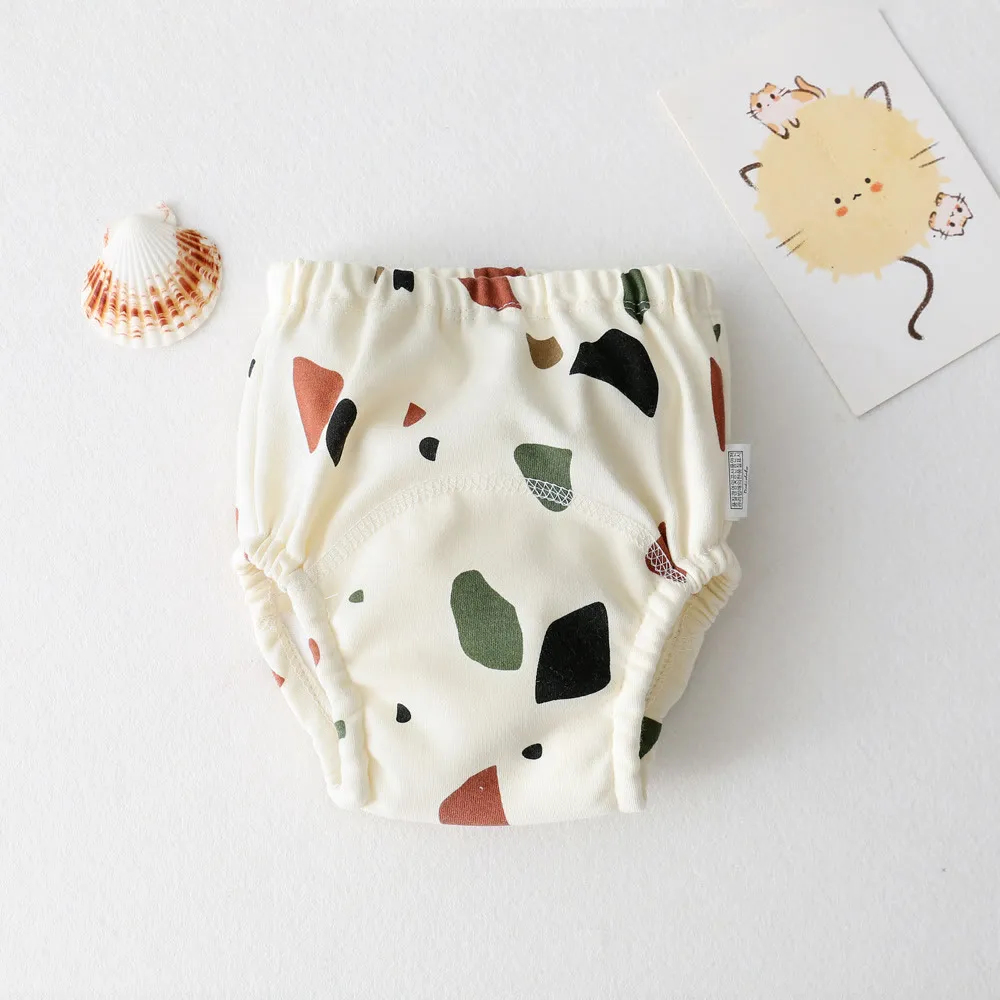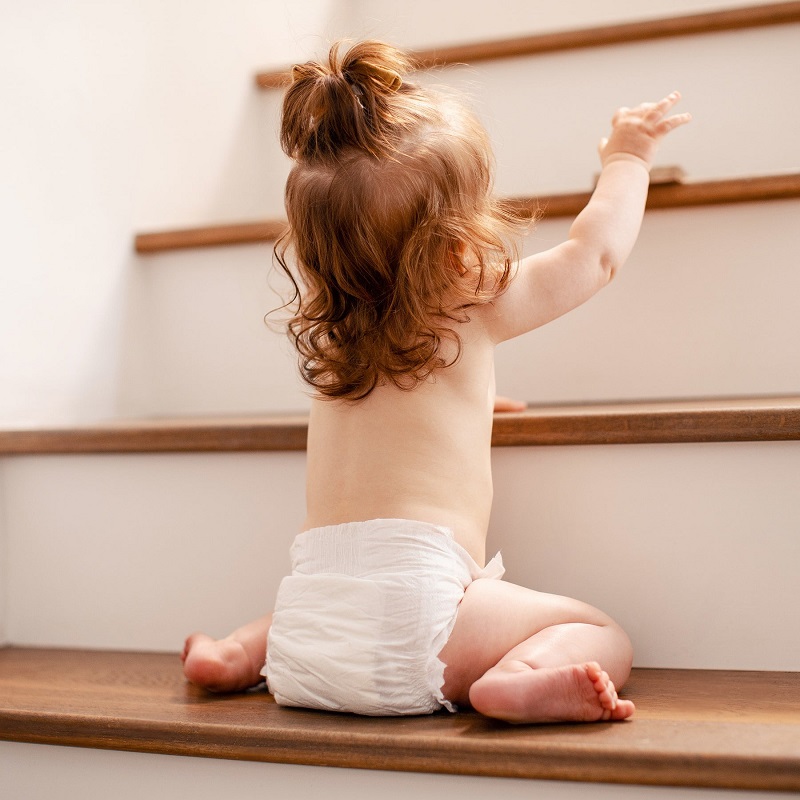Changing your baby’s diaper is a task you’ll become intimately familiar with. As such, choosing the right changing pad is crucial. Beyond just comfort, the material of your changing pad significantly impacts hygiene, ease of cleaning, and even environmental concerns. What is the best material for changing pads? Let’s explore the options to help you make an informed decision.
Vinyl: The Classic Choice
Vinyl changing pads have long been a staple in nurseries. They boast several advantages:
- Waterproof: Vinyl is completely impervious to liquids, making it a breeze to clean up messes.
- Durability: Vinyl can withstand countless diaper changes, wipes, and washes without wearing down easily.
- Affordability: Vinyl changing pads are generally budget-friendly compared to other materials.
Considerations:
- Comfort: Vinyl can feel cold and less plush than other materials. Adding a cover can help.
- Environmental Impact: Vinyl isn’t the most eco-friendly option, as it’s not biodegradable and can release harmful chemicals during production.
Foam: Soft and Supportive
Foam changing pads offer a plusher alternative to vinyl. They come in various densities and thicknesses.
- Comfort: Foam provides a soft and comfortable surface for your baby.
- Safety: Foam pads often have contoured edges to help keep your baby secure.
Considerations:
- Not Waterproof: Foam itself is not waterproof. You’ll need a waterproof cover to protect it from leaks.
- Can Trap Bacteria: If not cleaned properly, foam can trap bacteria in its porous structure.
Organic Cotton: The Natural Option
For eco-conscious parents, organic cotton changing pads are an excellent choice.
- Eco-Friendly: Organic cotton is grown without harmful pesticides or fertilizers, making it a sustainable and hypoallergenic option.
- Soft and Breathable: Organic cotton is gentle on your baby’s delicate skin and allows for better airflow.
Considerations:
- Requires a Cover: Organic cotton is not naturally waterproof, so a waterproof cover is essential.
- Price: Organic cotton changing pads tend to be more expensive than vinyl or foam options.
Polyester: A Practical and Durable Option
Polyester changing pads offer a balance of practicality and durability.
- Easy to Clean: Polyester is generally easy to wipe clean and dries quickly.
- Stain-Resistant: Polyester is less likely to stain than some other materials.
- Lightweight: Polyester pads are often lighter and easier to transport than other options.
Considerations:
- Not as Soft: Polyester might not be as soft or plush as foam or organic cotton.
- Can be Slippery: Some polyester pads can be slippery, so choose one with a non-slip backing.
Other Materials
While the materials listed above are the most common, you might also find changing pads made from:
- Microfiber: Soft and absorbent, but requires a waterproof cover.
- Bamboo: Similar to organic cotton, bamboo is eco-friendly and naturally antibacterial.
- Hemp: Durable and naturally antimicrobial, hemp is another sustainable option.
How to Choose the Right Material
Choosing the right material depends on your priorities and budget. Consider the following factors:
Comfort
If comfort is a top priority, foam or organic cotton might be your best bet.
Ease of Cleaning
For quick and easy cleaning, vinyl or polyester are excellent choices.
Environmental Impact
If sustainability is important, opt for organic cotton, bamboo, or hemp.
Budget
Vinyl is typically the most affordable option, while organic materials tend to be pricier.
Additional Tips for Choosing a Changing Pad
- Size: Make sure the changing pad fits your changing table or dresser top.
- Security: Look for a pad with raised edges or a safety strap to help keep your baby secure.
- Portability: If you plan to travel with the changing pad, choose a lightweight and foldable option.
- Cover: Regardless of the material you choose, always use a waterproof cover to protect the pad from leaks and messes.
The best material for a changing pad ultimately depends on your individual needs and preferences. There’s no single “best” choice, as each material offers unique advantages and disadvantages. By understanding the pros and cons of each material and considering your priorities, you can make an informed decision and choose a changing pad that will keep your baby comfortable, safe, and clean during diaper changes.
I hope this expanded version is helpful! Let me know if you’d like any other sections added.
Caring for Your Changing Pad
What is the best material for changing pads? No matter what material you choose, proper care is essential for maintaining hygiene and extending the life of your changing pad.
- Wipe Clean Immediately: After each diaper change, wipe the pad thoroughly with a damp cloth or baby wipe.
- Disinfect Regularly: At least once a week, disinfect the pad with a mild bleach solution or a baby-safe disinfectant.
- Air Dry: Allow the pad to air dry completely before putting on a fresh cover.
- Wash Covers Frequently: Wash the changing pad cover regularly in hot water to kill any germs.
Changing Pad Accessories
To enhance your changing experience, consider these additional accessories:
- Changing Pad Liners: Disposable or reusable liners provide an extra layer of protection and make cleanup even easier.
- Safety Straps: A safety strap can help secure your baby and prevent them from rolling off the pad.
- Contoured Changing Pads: Contoured pads offer additional support and comfort for your baby.
- Mobile Changing Pads: Portable changing pads are convenient for on-the-go diaper changes.
Always prioritize safety when using a changing pad. Never leave your baby unattended on the pad, even for a moment. Always keep one hand on your baby during diaper changes. Additionally, ensure the changing table or surface is stable and secure to prevent accidents.
If you’re feeling crafty, you can even make your own changing pad. There are plenty of tutorials online for DIY changing pads using materials like fabric scraps, towels, or even old yoga mats. This is a great way to personalize your changing pad and repurpose materials you already have at home.
The Evolution of Changing Pads
What is the best material for changing pads? Changing pads have come a long way from the simple vinyl mats of yesteryear. Today, you can find changing pads in a variety of materials, styles, and designs to suit your needs and preferences. From eco-friendly options to high-tech pads with built-in warming features, there’s a changing pad for every parent and baby.
A changing pad is more than just a surface for diaper changes. It’s a place where you bond with your baby, soothe them when they’re fussy, and create lasting memories. By choosing the right material and caring for it properly, you can ensure that your changing pad serves you well throughout your baby’s diaper-wearing years.

The Future of Changing Pads
As technology continues to advance, we can expect to see even more innovative features and materials in changing pads. Some potential developments include:
- Smart Changing Pads: Pads with built-in sensors could monitor your baby’s weight, temperature, and even diaper wetness.
-
- Biodegradable Materials: As sustainability becomes a greater concern, we can anticipate more changing pads made from biodegradable materials.
Beyond the Material: Other Features to Consider
When selecting a changing pad, consider these additional features:
- Safety Straps: A safety strap can add an extra layer of security, especially for wiggly babies.
- Non-Slip Backing: A non-slip backing can help prevent the pad from sliding around on the changing table.
- Machine Washable: Choose a pad that’s machine washable for easy cleaning and maintenance.
- Warranty: Some brands offer warranties on their changing pads, providing peace of mind in case of defects or damage.
The Bottom Line: A Personal Choice
What is the best material for changing pads? Ultimately, the best material for a changing pad is the one that best suits your family’s needs and preferences. By weighing the pros and cons of each material, considering your budget and lifestyle, and prioritizing safety and hygiene, you can choose a changing pad that will make diaper changes a breeze for both you and your baby.







